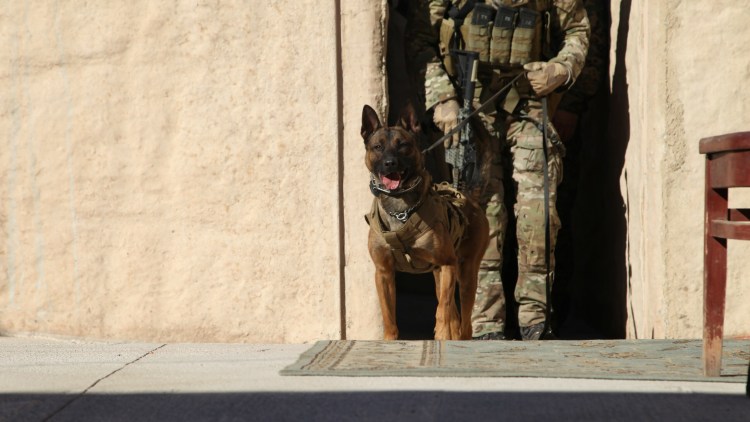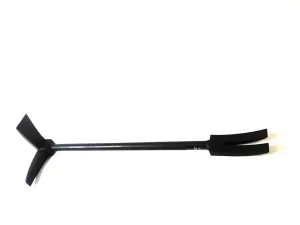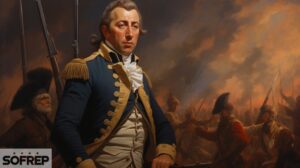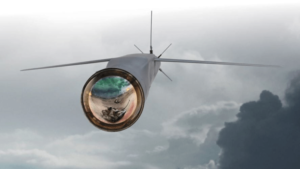The year was 1942. The world was engulfed in the flames of World War II, and the United States, fresh off the attack on Pearl Harbor, was scrambling to mobilize its forces.
While headlines blared about battleships and bombers, a quieter revolution was unfolding behind the scenes, one with wagging tails and wet noses.
Canine Heroes: Formation of the K-9 Corps
On March 13, the US Army officially launched its War Dog Program, soon to be known as the legendary K-9 Corps. This wasn’t the first time dogs had served alongside human soldiers.
Throughout history, canines have proven invaluable companions in battle, offering everything from emotional support to rudimentary tasks.
World War I, with its labyrinthine trench networks, was a turning point.
Over a million canine heroes served on both sides, sniffing out danger, delivering messages, and providing a much-needed morale boost amid the grinding stalemate.
However, the US lacked a formal program for these furry warriors. Recognizing this gap, a wave of patriotism swept the nation.
Civilians formed “Dogs for Defense,” a nationwide initiative that rallied dog owners to contribute their loyal companions to the war effort. German Shepherds, Doberman Pinschers, and Collies—over 30 breeds initially—poured in from families across the country.
Sgt. Stubby wearing his coat and medals. He served with the 102nd Infantry Regiment in the trenches in France during World War I. (Image source: Wikimedia Commons)
These weren’t just beloved pets now; they were potential lifesavers.
Roles and Contributions of the K-9 Corps
The US Army’s Quartermaster Corps, tasked with logistics and supplies, took charge of the burgeoning K-9 Corps.
Training centers were established, and the dogs began their rigorous transformation. Forget leisurely walks in the park; these animals were about to become warriors.
After a foundation of basic obedience, they embarked on specialized training regimens, each designed to hone a particular skill set:
Scout Dogs
These canine Einsteins, with their exceptional eyesight and unparalleled sense of smell, became the eyes and noses of patrolling soldiers. They could sniff out enemy positions from afar, preventing deadly ambushes and saving countless lives.
Sentry Dogs
With unwavering vigilance and a booming bark, these guardians patrolled perimeters, a constant threat to anyone who dared to approach. Their presence not only deterred incursions but also provided a sense of security to soldiers amidst the chaos.
Heby, an Explosive Detection Dog, during a training exercise in 2013. (Image source DVIDS)
Messenger Dogs
These courageous canines served as living mail carriers, especially in an era before secure communication networks. They traversed battlefields riddled with bullets and bombs, dodging explosions and braving enemy fire to deliver vital messages between commanders. Their swiftness and reliability often proved to be the difference between victory and defeat.
Mine-Detection Dogs
These heroes, trained to detect the faintest whiff of explosives, walked the tightrope between life and death. Their incredible sense of smell saved countless lives by sniffing out hidden landmines and booby traps, allowing soldiers to navigate treacherous terrain with a newfound confidence.
Stories of Courage: Canine Heroes of Valor
The impact of the K-9 Corps went far beyond saving lives.
These canine heroes served as morale boosters in a world steeped in fear and uncertainty. Their unwavering loyalty and companionship offered soldiers a sense of comfort and normalcy amidst the horrors of war.
Plus, the bond between humans and canines proved invaluable, forging a connection that transcended language and species.
Chips, the canine hero of the Army’s 3rd Infantry Division during World War II. (Image source: US Army)
The stories of these courageous canines are filled with bravery and sacrifice.
Chips, a fearless German Shepherd with the 3rd Infantry Division, became a national symbol after clearing a path through a minefield, saving the lives of his fellow soldiers.
Another hero, a Doberman Pinscher named Robby, located over 70 hidden mines in North Africa, earning him the Distinguished Service Cross, the animal equivalent of the Medal of Honor.
Despite not officially being part of the K-9 Corps, Sargeant Stubby is also worth mentioning in this very short list of canine heroes. He was a short-tailed mixed-breed dog (possibly a Bulldog or Pit Bull Terrier mix) who befriended soldiers of the 102nd Infantry Regiment at the trenches in France during World War I. His loyalty, intelligence—he reportedly warned soldiers of incoming gas attacks, located wounded men in no man’s land, and even later apprehended a German spy—and bravery earned him numerous unofficial medals. He even received a promotion to sergeant through combat. Stubby’s story paved the way for the formalization of canine units in the Army.
These were just a few examples from a vast pool of canine heroes who forever changed the face of warfare.
The Post-War Evolution: K-9s in a New Era
While the formal name “K-9 Corps” faded after the Second World War, the legacy it established has endured.
The post-war era saw a continued demand for their unique skill sets. The Korean War and the Vietnam War saw these canines deployed in search-and-rescue missions, locating wounded soldiers lost in dense jungles. Their keen sense of smell proved invaluable in tracking down enemy forces and uncovering hidden booby traps.
Mila, a German Shepherd trained to detect bodies during recovery operations, photo taken last August 10, 2023. (Image source: DVIDS)
As the Cold War unfolded, the K-9 Corps adapted to new threats. Border patrol duties saw them trained in narcotics detection, interdicting the flow of illegal drugs across vast stretches of international borders. They also became adept at sniffing out explosives and safeguarding critical infrastructure from terrorist attacks.
Beyond War: The Multifaceted Roles of K-9s Today
Today’s military working dogs, the direct descendants of those March 13 recruits, carry on the tradition with honor. From Special Forces operations to bomb detection, their service remains a testament to the unwavering bond between humans and canines.
They operate in various environments, from the scorching deserts of the Middle East to the dense jungles of Southeast Asia, and their skills constantly evolve to meet the needs of modern warfare.
The story of the K-9 Corps is not just about military history; it’s a testament to the extraordinary potential of the human-animal connection.
It’s a story of courage, loyalty, and unwavering dedication. It’s a story that reminds us that heroes can come in all shapes and sizes, with fur, four legs, and a wet nose.
On March 13, we celebrate the founding of the K-9 Corps, a day that marked a turning point in warfare.
But more importantly, we celebrate the unwavering spirit of these canine heroes and the profound impact they continue to have. Their legacy extends far beyond the battlefield.



